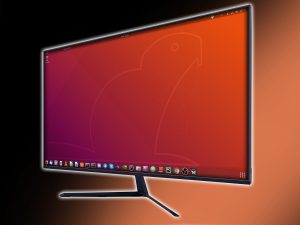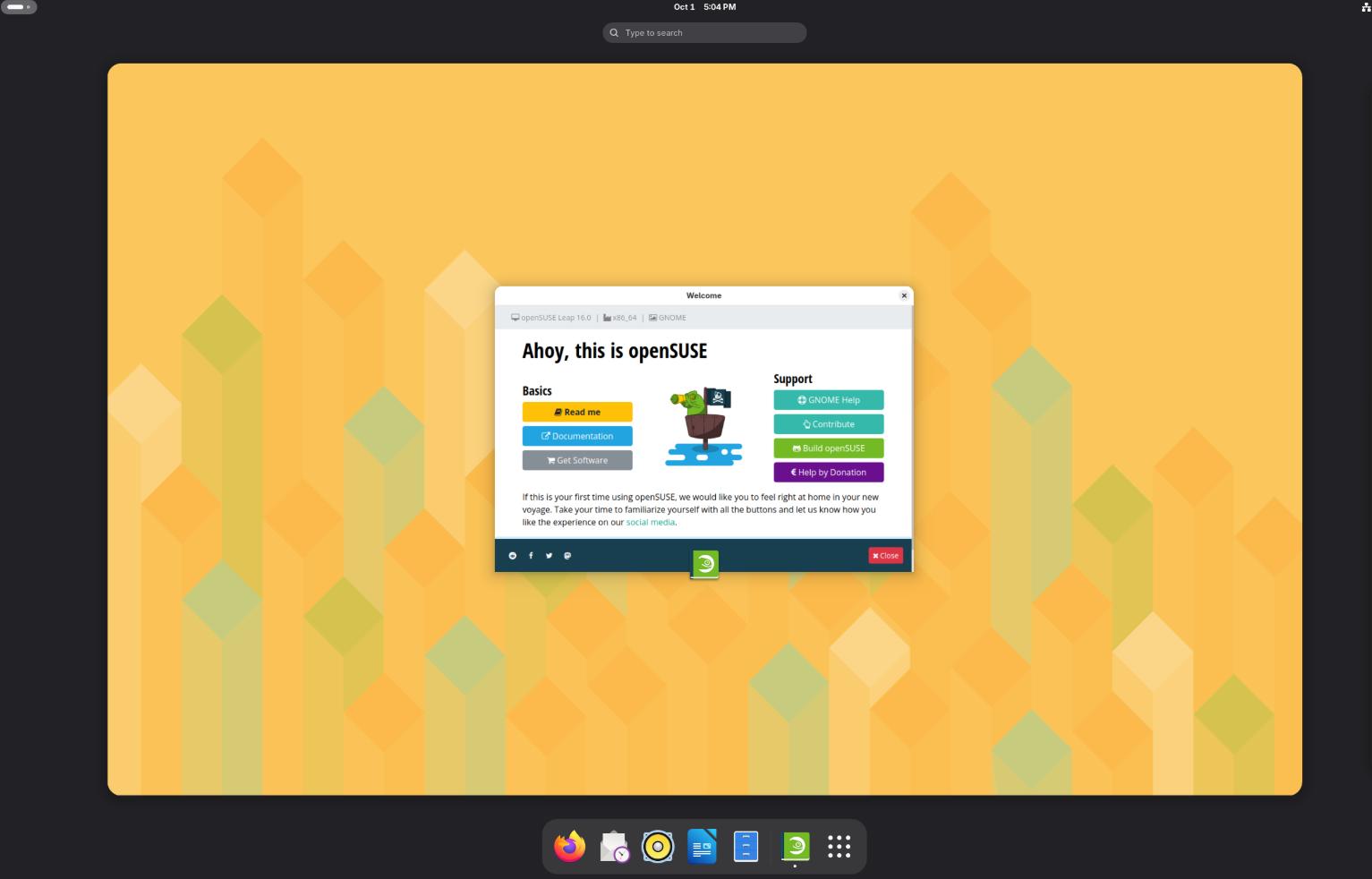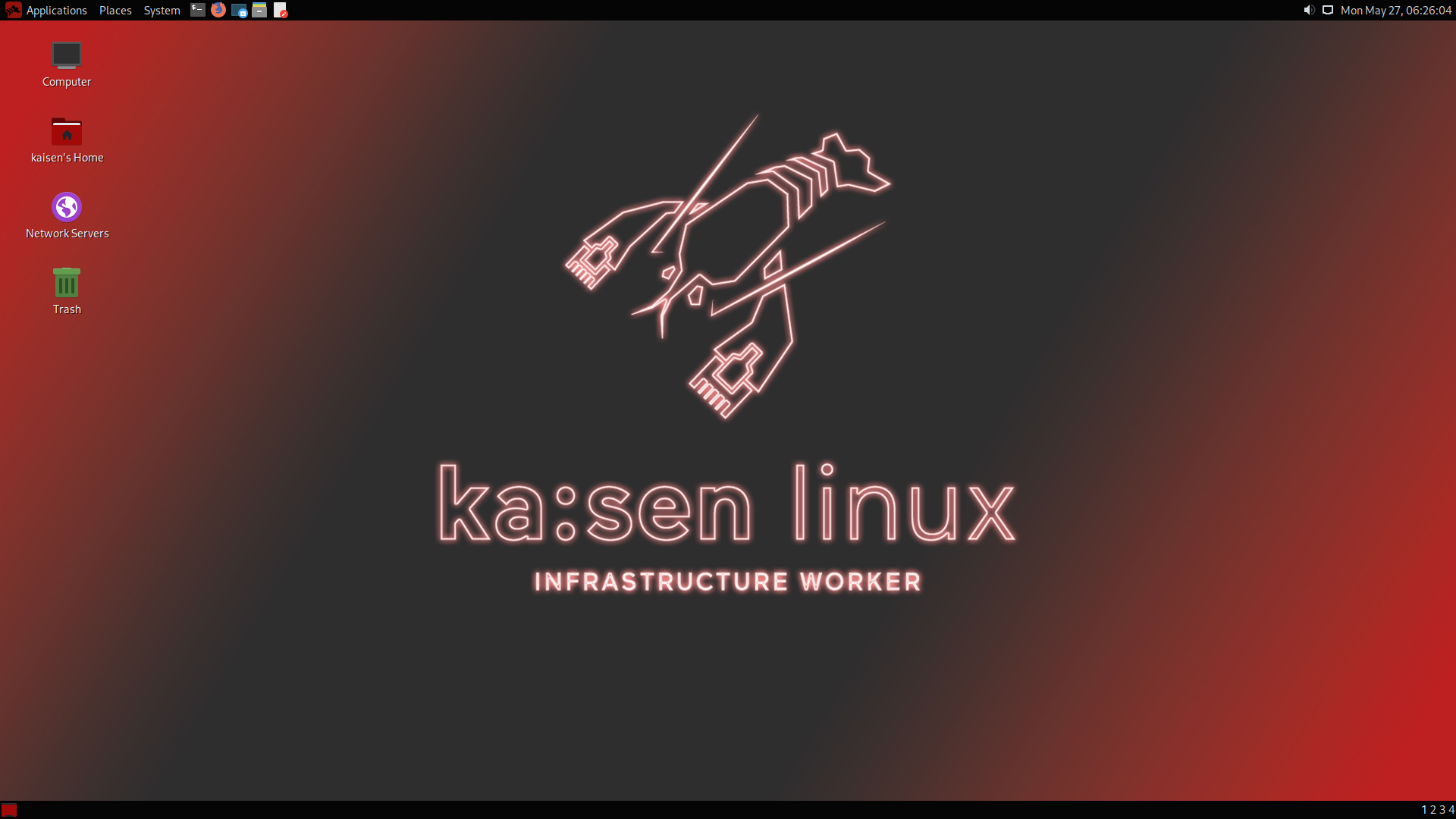The Linux landscape is rich with diversity, but few distributions are as innovative and uniquely structured as NixOS. With the release of NixOS 25.05, the project once again reaffirms its position as a pioneer in reproducible and declarative system configuration. This update brings a wealth of enhancements, new packages, and under-the-hood refinements while preserving the clean, deterministic approach that sets NixOS apart.
What Makes NixOS Unique?
NixOS isn’t just another Linux distribution — it’s a bold reimagining of what Linux systems can be. At its core is the Nix package manager, which enables a functional, atomic approach to software management. Unlike traditional systems where packages might interfere with one another, Nix installs each piece of software in isolation. This not only prevents dependency conflicts but also enables multiple versions of a package to coexist.
NixOS takes this idea even further by making the entire operating system configuration declarative. Everything from the bootloader to system services and user applications is defined in a single configuration file. Change a setting, rebuild the system, and voilà — your system transitions into a new, predictable state. And if something breaks? You can instantly roll back to a previous state.
A Brief History of NixOS
The Nix ecosystem began as a research project in the early 2000s, led by Dutch computer scientist Eelco Dolstra. The goal was to address the chaotic nature of software installations and environment management. Over time, the ideas behind Nix evolved into a full-fledged Linux distribution: NixOS.
Since its first stable release in 2003, NixOS has gained traction among system administrators, DevOps professionals, researchers, and enthusiasts who value reproducibility, rollback functionality, and deep control over their systems.
What’s New in NixOS 25.05?
The latest release, NixOS 25.05, continues this trajectory with numerous improvements aimed at stability, security, and performance.
Highlights of the 25.05 Release:
- Linux Kernel 6.8 – The core of the operating system has been updated, bringing better hardware support, performance enhancements, and upstream security fixes.
- Nix 2.21 – The Nix package manager has been upgraded, offering enhanced support for flakes, improved expression evaluation, and faster package builds.
- Up-to-date desktop environments – GNOME 46 and KDE Plasma 6 are now available out of the box, along with updated Xfce, MATE, and others.
- Refined Wayland support – The graphical stack continues to mature, providing smoother and more secure user experiences.
- Improved systemd integration – Systemd units and service definitions have been polished, speeding up boot times and simplifying service management.
Under the hood, countless packages across the ecosystem have been updated or refined, ensuring a fresh and secure environment for new and existing users.
Why Choose NixOS Over Other Distributions?
While Fedora, Arch, and Debian offer robust platforms for Linux users, NixOS introduces a fundamentally different philosophy.
- Declarative Configuration: System states are defined in clear, readable configuration files. No guesswork. No undocumented tweaks.
- Reproducibility: NixOS makes it easy to replicate the same system across different machines — perfect for developers and sysadmins managing fleets of machines or CI environments.
- Rollback Capability: With every system change being transactional, users can switch between configurations or revert updates in seconds.
- Isolated Dependencies: Software is installed into uniquely hashed directories, preventing version conflicts and ensuring a clean environment.
- Flexible Development: Ideal for packaging your own tools, creating reproducible development shells, and deploying applications with pinpoint control.
Who Is NixOS For?
NixOS is not a beginner-focused Linux distribution — but for advanced users, developers, DevOps engineers, or system tinkerers, it offers unmatched capabilities. It’s also perfect for those who value immutability, want to version-control their operating system, or simply want to explore a new paradigm in system management.
Despite its complexity, the community has steadily grown, and the documentation and tooling have improved dramatically over the years. Today, NixOS is a realistic option not just for servers and development environments, but even for desktop use.
Final Thoughts
The release of NixOS 25.05 is more than just an update — it’s a statement. A demonstration of how far declarative infrastructure and reproducible systems have come in the Linux world. If you’re ready to dive deeper into your system, gain precise control over every component, and experience a new way of thinking about configuration and software, NixOS might just be the most exciting Linux distro you’ve never used — yet.
Official release announcement available here
openSUSE 16 Leap 2025: A New Chapter in Stability and Innovation
openSUSE 16 has opened a bold new chapter with its latest Leap release, inviting users into a future…
FydeOS 21: A Modern Chromium OS Alternative for Everyday Computing
FydeOS has gained attention as one of the most polished alternatives to Google’s ChromeOS. Built on …
Kaisen Linux Discontinued: Developer Ends Project After 5 Years
Just weeks after Intel announced the termination of its Clear Linux OS, another specialized Linux di…



